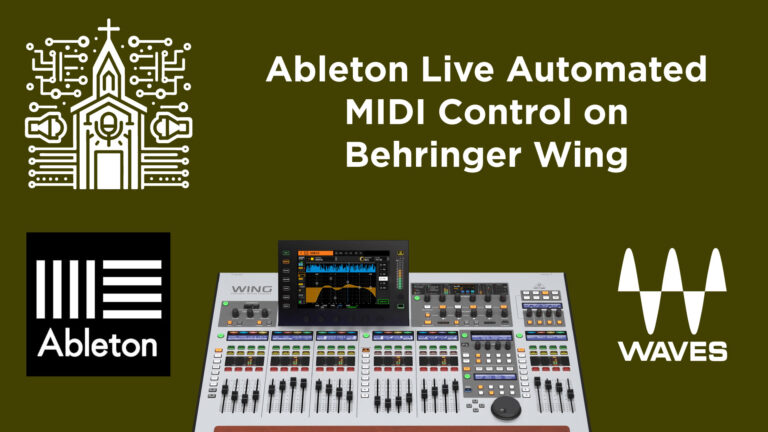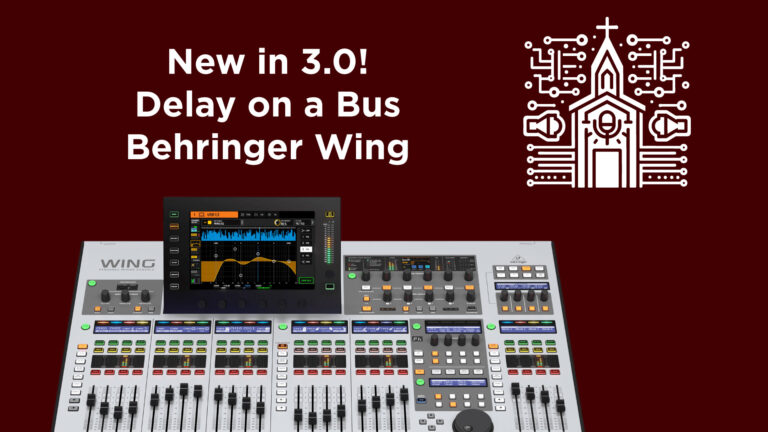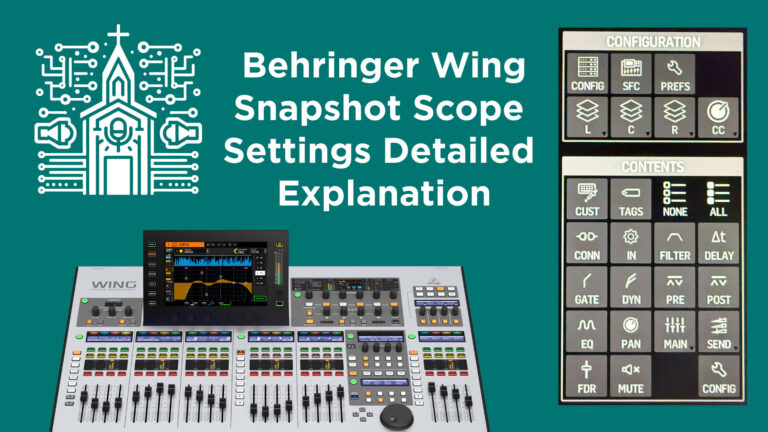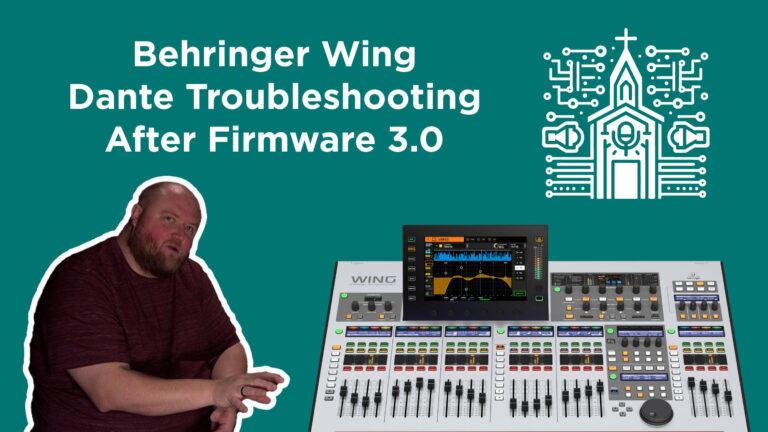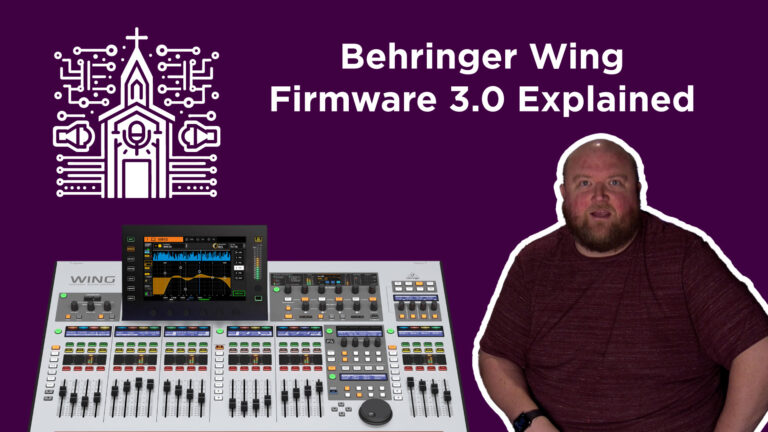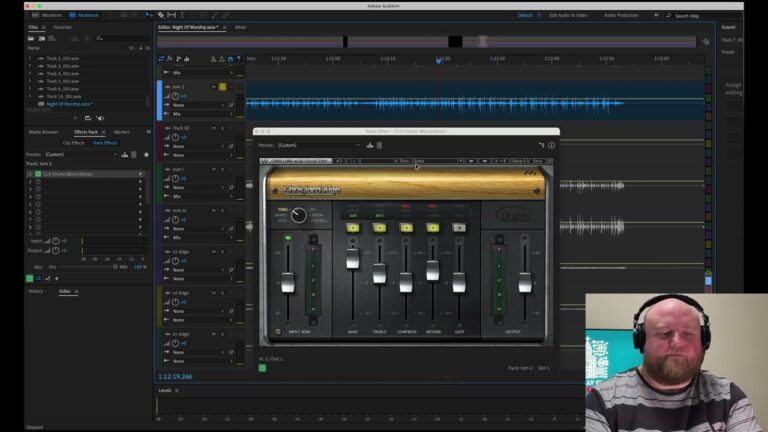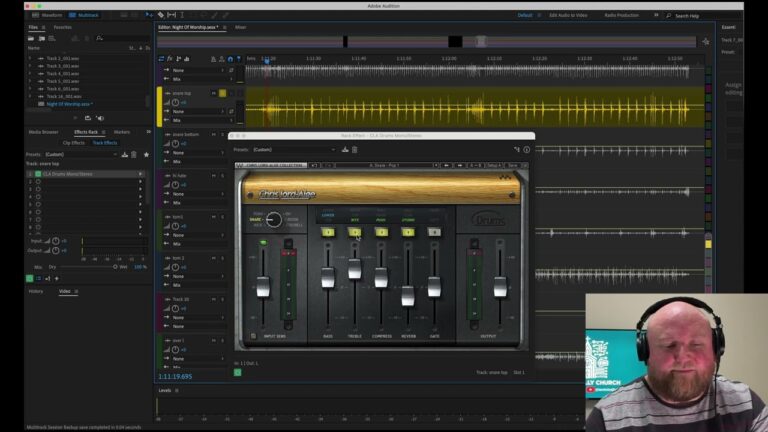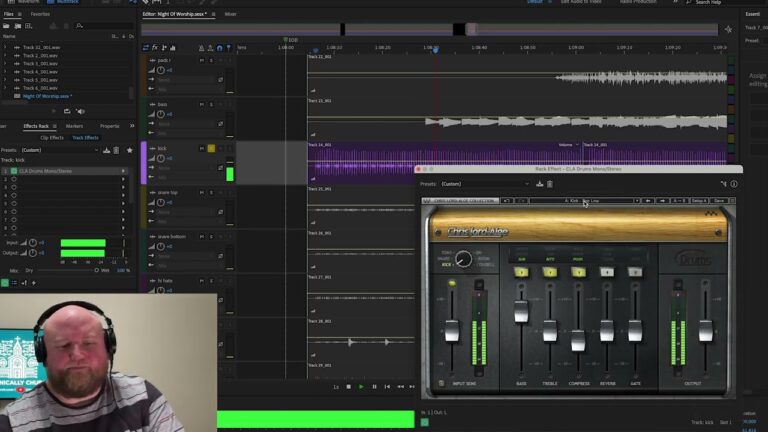Controlling Ableton Live with the Behringer Wing Using MIDI Over USB: A Step-by-Step Guide
The Behringer Wing integrates with Ableton Live via MIDI-over-USB, enabling control of plugin settings like autotune keys. By assigning encoders to MIDI commands and linking them to snapshots, engineers can automate key changes and streamline live performances, enhancing workflow and delivering professional, synchronized sound.

